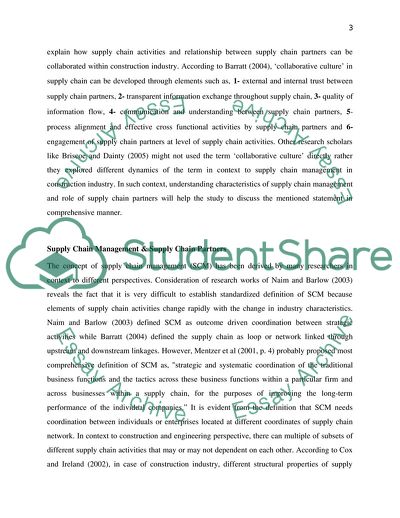Cite this document
(Supply Chain Partner Integration: A Relationship Approach Essay Example | Topics and Well Written Essays - 2750 words, n.d.)
Supply Chain Partner Integration: A Relationship Approach Essay Example | Topics and Well Written Essays - 2750 words. https://studentshare.org/engineering-and-construction/1814540-supply-chain-management
Supply Chain Partner Integration: A Relationship Approach Essay Example | Topics and Well Written Essays - 2750 words. https://studentshare.org/engineering-and-construction/1814540-supply-chain-management
(Supply Chain Partner Integration: A Relationship Approach Essay Example | Topics and Well Written Essays - 2750 Words)
Supply Chain Partner Integration: A Relationship Approach Essay Example | Topics and Well Written Essays - 2750 Words. https://studentshare.org/engineering-and-construction/1814540-supply-chain-management.
Supply Chain Partner Integration: A Relationship Approach Essay Example | Topics and Well Written Essays - 2750 Words. https://studentshare.org/engineering-and-construction/1814540-supply-chain-management.
“Supply Chain Partner Integration: A Relationship Approach Essay Example | Topics and Well Written Essays - 2750 Words”. https://studentshare.org/engineering-and-construction/1814540-supply-chain-management.


